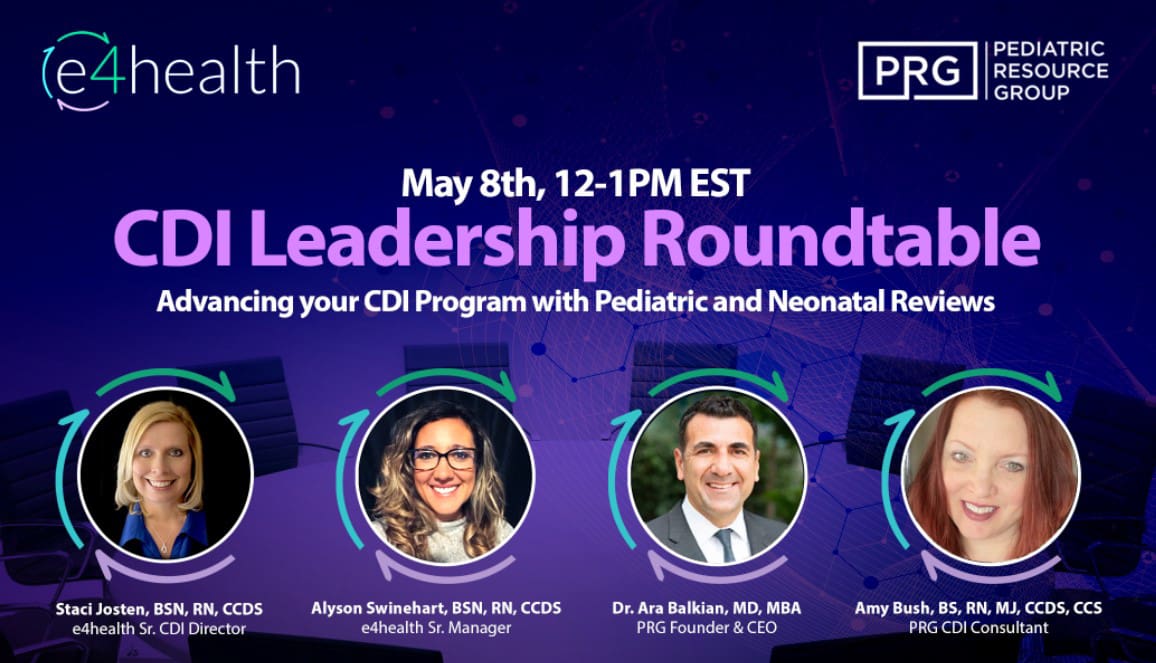Debridement
Excisional Debridement Definition: The surgical removal or cutting away of devitalized tissue, necrosis, and slough.
Non-Excisional Debridement Definition: The nonoperative brushing, irrigating, scrubbing, or washing of devitalized tissue, necrosis, slough, or foreign material.
ICD-10 PCS Root Operations:
- Excision: cutting out/off without replacement, a portion of a body part
- Extraction: pulling or stripping out or off all or a portion of a body part
- Irrigation: putting in or on a cleansing substance
- Release: freeing a body part
Coding Considerations:
Review pertinent Coding Clinics such as:
- AHA Coding Clinic, Second Quarter 2023, p. 30 Excisional Debridement and Non-Excisional Debridement at Deeper Layer Same Site
- AHA Coding Clinic, First Quarter 2023, p. 36 Maggot Therapy
- AHA Coding Clinic, Third Quarter 2023, p. 3 Excisional and Non-Excisional Debridement
Excisional Debridement’s are classified to the root operation ‘Excision’. Non-Excisional Debridement are generally classified to the root operation ‘Extraction’ except when the procedure is performed by irrigating the devitalized tissue. In those cases, the root operation would be ‘irrigation’; OR when non-excisional debridement is performed on a joint in which case the root operation is ‘Release’ (there is no body part value for ‘joint’ for the root operation ‘extraction’). When the debridement’s of multiple layers at the same time occur, assign only a code for the deepest layer of debridement. When both Excisional and Non-Excisional Debridement’s are performed on the same site, assign only the code for the Excisional Debridement.
CDI Practice Considerations
Review for medical comorbidities which include, but are not limited to:
- Sepsis
- Diabetes
- Circulatory Disorders such as PVD, chronic occlusions etc.
- Plegia’s: hemiplegia, quadriplegia, functional quadriplegia etc.
- Malnutrition
Examples of Non-Excisional Debridement include Versajet and utrasonic debridement. Using a ‘sharp instrument’ does not always equate to an excisional debridement performed. When reviewing for the intent of the procedure look for terms such as ‘excisional’, or ‘excision’ when describing an excisional debridement AND/OR the procedure description supports the root operation of cutting out without replacement, a portion of body part (see Coding Third Quarter, 2015 reference above for additional details).
Debridement PCS codes are classified by depth (see list below). Excisional debridement PCS codes often impact the MS-DRG. Depending on principal diagnosis, some Non-Excisional Debridement’s if done beyond the subcutaneous layer, impact the MS-DRG. Educate providers to use verbiage such as ‘down to and including’ when describing the depth debrided as this provides clear guidance of appropriate depth to assign. Ensure documentation supports accurate code assignment, query the provider for missing, ambiguous, or conflicting documentation.
- Skin
- Subcutaneous tissue/Fascia
- Muscle
- Bone
- Joint
- Tendon
- Ligament/Bursa
Always review for accurate Principal Diagnosis. Query when missing, conflicting, and/or ambiguous documentation is present or clinical indicators support a more specific code, this can impact the MS-DRG assignment, when paired with debridement PCS codes.
When reviewing debridement documentation, think ADMIT
- A – appearance/size of wound (size of the wound before vs. after debridement, was the debridement carried down to healthy bleeding tissue, etc.)
- D – depth of the debridement (see list above)
- M – method used by the provider (brushing, cutting, trimming, etc.)
- I – instrument used (scalpel, scissors, curette, pulse lavage)
- T – tissue removed (necrosis, slough etc.)
Looking for CDI help?
e4health CDI Education
e4health is dedicated to elevating the business of healthcare. We are committed to offering support and the most current information and updates to collaborate with coding and CDI professionals to realize their fullest potential. We enthusiastically seek opportunities to develop ourselves and each other. We understand that knowledge is the key to success for our clients navigating the ever-changing health information management landscape.

Earn FREE ACDIS CEUs when you join Staci Josten, RN, BSN, CCDS, Alyson Swinehart, BSN, RN, CCDS, and other CDI leaders for a roundtable discussion regarding important, timely industry topics! The topic for May’s discussion is: Advancing your CDI Program with Pediatric and Neonatal Reviews. We will provide background on this topic, share industry insights, and facilitate collaborative discussion with guided questions and answers.
Click here to register!
Learning Objectives:
- Explain the CMI and revenue opportunities in pediatric and neonatal CDI
- Describe how to assess and implement a pediatric or neonatal CDI program
- Recognize “respiratory failure” as one of the most common queries in the peds/neonatal space: Definition & sequencing
What is the e4health CDI Leadership Roundtable?
The goal for the virtual CDI Leadership Roundtable Discussion is for CDI leaders to explore specific topics within CDI, learn about the topic and from each other. During each roundtable, e4health CDI Leader’s will present a CDI topic, spend time sharing current industry standards or some education regarding this topic and then open with probing questions for group discussion.
Who should attend the e4health CDI Leadership Roundtable?
The focus of this group is for those who have influence over CDI program process, policy, and education.
Why should I attend the e4health CDI Roundtable?
This will be a wonderful place to learn, share your wins and challenges and collaborate with other CDI leaders across the industry. Also, after completing a survey, free ACDIS CEUs will be earned.
The information and opinions presented here are based on the experience, training, and interpretation of e4health. Although the information has been researched and reviewed for accuracy, e4health does not accept any responsibility or liability regarding errors, omissions, misuse, or misinterpretation. This information is intended as a guide; it should not be considered a legal/consulting opinion or advice.